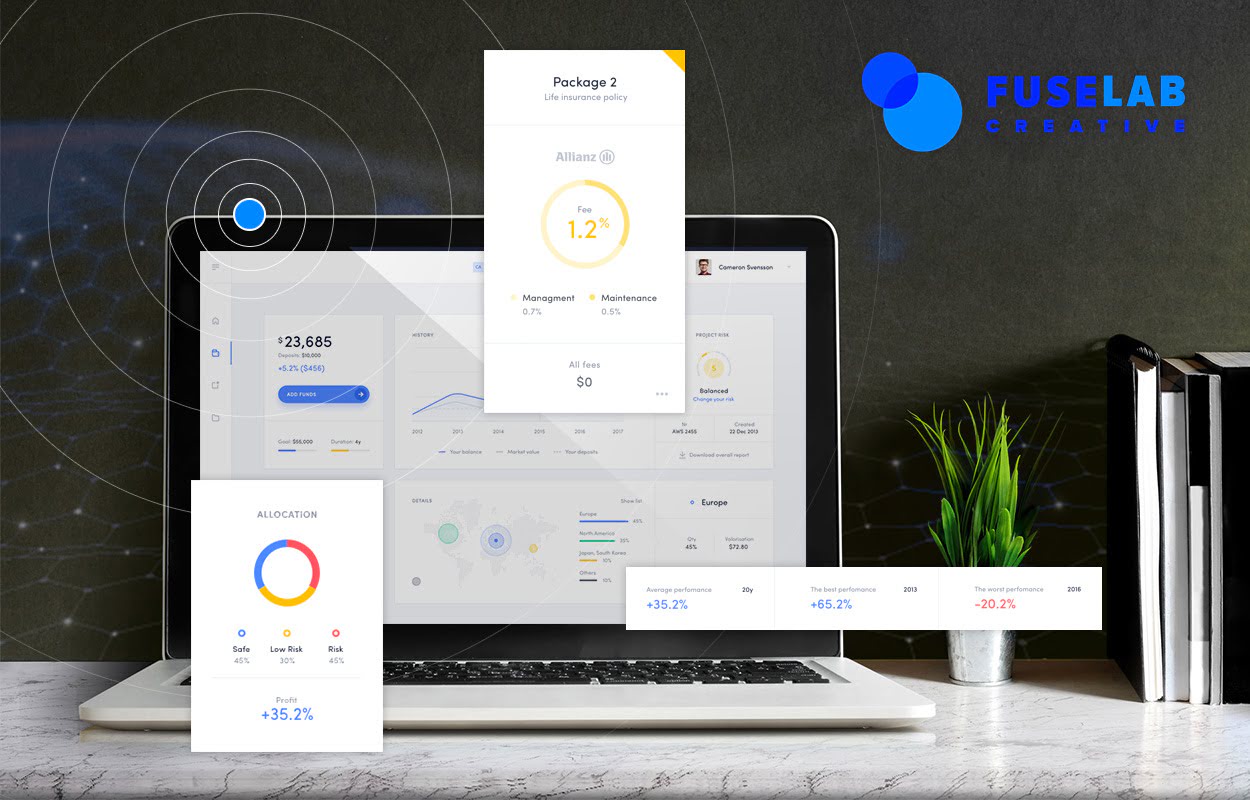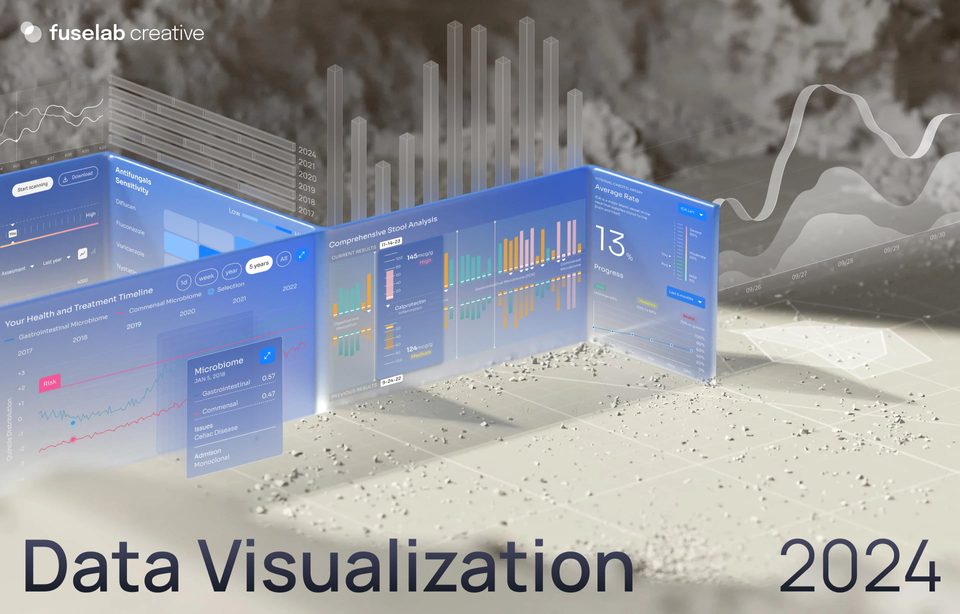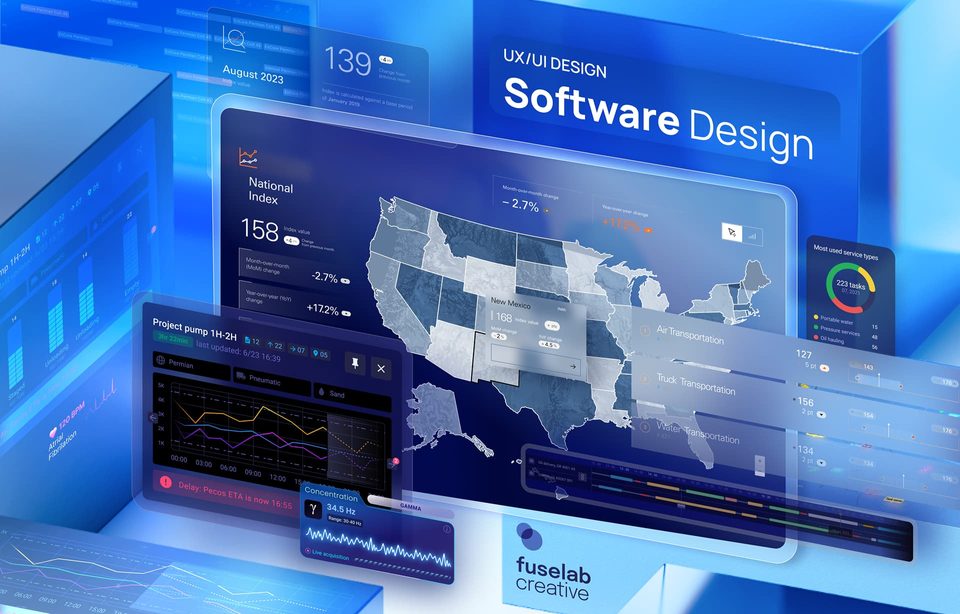Keys to Intuitive Web Application Design

You can build the glossiest, most ingenious web application, but if it’s a nightmare to use then it simply won’t be attractive to users. It isn’t easy to create a user-friendly application but it should be one of your highest priorities in creating a solid app. The trick is to think about the user interface at each and every stage of the design and coding process.
Here are the keys to intuitive web app UI/UX design and a better end product:
1. Less Is More
Whatever kind of app you’re creating, don’t confuse the end-user with layers and layers of complication. It’s so easy to sit in a room of creatives and come up with 100 more ‘must-have’ features, but that’s the easiest way to end up with a totally unusable app.
Like great art, what you leave out of an application is just as important as what you put in. It needs the space to work. Focus on the essentials, make them great, and then look at the ‘bells and whistles’. Are they really adding something to the user experience? Is it enough? If the answer to either one of those is in doubt, you should probably strip that feature.
2. Know Your End-User
This depends on the application, of course, but if you’re aiming your application at a certain kind of user then make sure you really know them. If you try and build a specialist app that’s aimed at literally everybody, the end result will be a mess.
If your users are technical, you can assume a certain amount of knowledge and perhaps cut clutter. If you opt to make it accessible to everybody, then face the fact that it might not work for the technically minded and tailor it accordingly. This way you can get a cohesive set of features that actually work for the people that will use it.
Read also our article about application interface design.
3. Plan, Plan, and Plan Some More
There’s an old phrase in carpentry: “Measure twice, cut once.”
You can apply that to web app design, too. Before you build a single thing, break out the wireframes.
You need to build the user experience right from the start. Separate your ‘must have’ features from your bonuses and then get to work on making the most intuitive customer journey you can.
4. Make a Natural Path
If you have a series of related elements, don’t scatter them about like confetti. An app can get away from you in a hurry. If it gets out of control then it can feel like herding cats at the end. It’s up to you to keep related elements together.
Don’t let them separate. If it feels like you need more sub-divisions or menu items to accommodate one feature, that might be something you need to cut for the greater good of the app itself.
5. Look for Inspiration
Look at the great websites and apps. Look at Facebook, Pinterest, Instagram, and banking apps. These companies have spent more millions than most firms will ever make on UI/UX design. There is a reason why they have adopted certain standards. Look for the way they structure the login and profile information.
Look for the color coding they guide the journey with and look for the way they use different sensory systems to drive the message home. Wirify is a great resource for turning live sites into wireframes so you can break them down.

6. Cater to All the Senses
Otherwise, brilliant web apps have failed to engage customers for the simple reason that they weren’t immersed in a sensory experience.
Think about the visuals, but work in audible and haptic feedback wherever you can, too. Engage with every sense you can and you’ll create a better user experience.
7. Help Them, When They Want It
Your user should never be too far away from help but don’t force it on them. Most websites offer a tour or give their reader a chance to skip it.
At any time, though, you’re normally one or two clicks away from a tour guide who can take them by the hand and talk them through what they’re trying to do. Don’t be that annoying paperclip in the old Windows system but do let them know that help is at hand
8. Make Sure They Don’t Get Lost
If a user gets lost in your app, they’re probably not coming back. Make sure they always have a route back with a breadcrumb trail and do the simple things, like highlighting the page they’re currently on in the menu section.
Think holistically and don’t get stuck in one train of thought. Zoom out occasionally and look at all the options.
9. Use Transitions
Jumping between screens can disorient your user so make sure you use transitions with a sense of direction and flow.
Imagine your app as a landscape, not a series of separate screens. Give it geography and direction. That will help increase engagement.

10. Make It Fast
Speed is so important to the user experience. The slightest hint of lag can spell the end. Web pages need to load in less than three seconds or 53% of people will leave your site. You should assume the same level of impatience when it comes to your app.
We live in a world of instant gratification so don’t expect people to stick around for a slow app. It is never worth the wait to the average user. Again, this is when you have to be ruthless with your features, your design and your code. Cut the fat and make it fast.
11. A/B Test, Again and Again
You can plan and guess forever but you also have to build alternatives and test the options. Use focus groups and even your team to test the options and provide real-world feedback.
Don’t just play with the system; set tasks that emulate a real customer experience and then refine your app. You will be shocked by some of your results.
Conclusion
These are just some of the basic rules for creating a killer web application and a perfect digital product design. But if you keep them by your side, they will serve you well and you will see an improvement in engagement and your conversions. Our dashboard design agency is ready to make your project successful.

Browse more

Data Visualization Trends 2024
